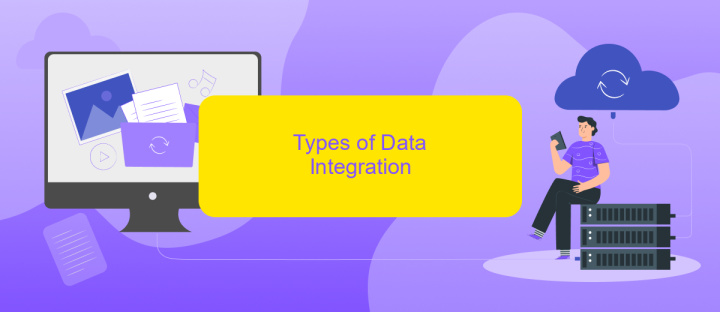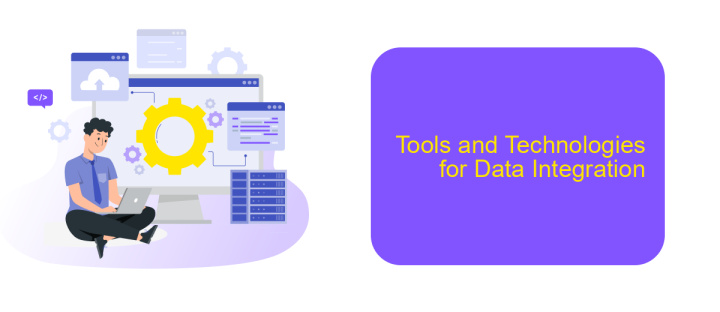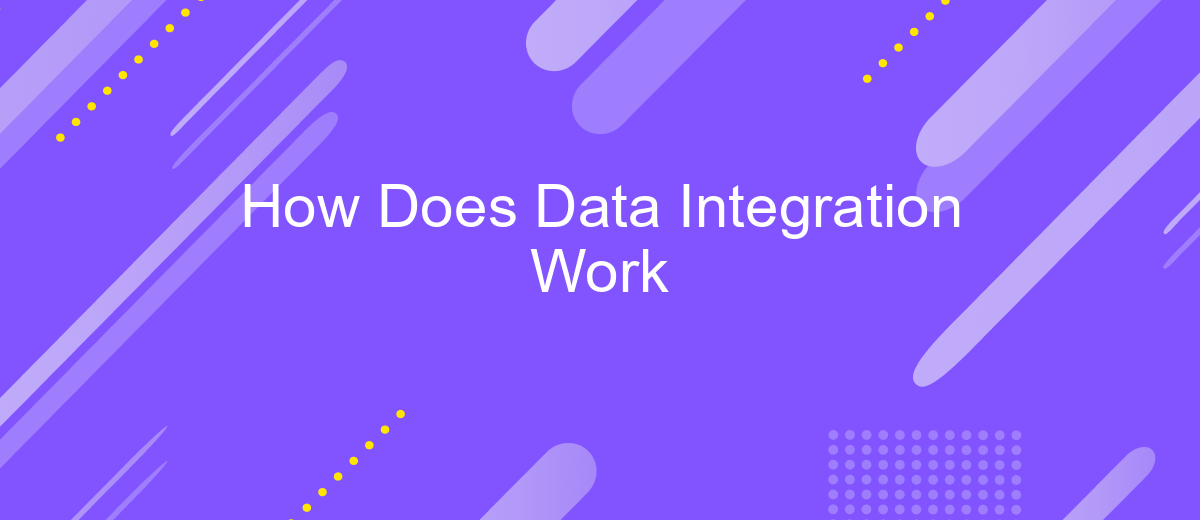How Does Data Integration Work
Data integration is a crucial process in today's data-driven world, enabling organizations to combine data from various sources into a unified view. This seamless merging of information enhances decision-making, improves efficiency, and provides a holistic understanding of business operations. In this article, we will explore the mechanisms behind data integration, its benefits, and the technologies that make it possible.
Benefits of Data Integration
Data integration offers numerous advantages for businesses looking to streamline their operations and enhance decision-making processes. By consolidating data from multiple sources into a single, unified view, organizations can achieve greater efficiency and accuracy in their data management.
- Improved Data Quality: Integration helps in eliminating data silos, reducing inconsistencies, and ensuring that all departments have access to the same accurate and up-to-date information.
- Enhanced Decision-Making: With integrated data, businesses can perform more comprehensive analyses, leading to better-informed decisions and strategies.
- Increased Efficiency: Automated data integration tools, like ApiX-Drive, can significantly reduce the time and effort required to gather and process data, allowing employees to focus on more strategic tasks.
- Cost Savings: By minimizing manual data handling and reducing errors, data integration can lead to substantial cost savings in the long run.
- Scalability: Integrated systems can easily scale with the growth of the business, accommodating new data sources and increasing data volumes without significant additional investment.
Incorporating data integration into your business processes can lead to a more cohesive and responsive organization. Tools such as ApiX-Drive make it easier to set up and manage integrations, ensuring that your data is always synchronized and readily available for analysis and decision-making.
Challenges of Data Integration

Data integration presents several challenges, one of which is data silos. Organizations often store data in disparate systems, making it difficult to achieve a unified view. This fragmentation can lead to inconsistencies and errors, complicating decision-making processes. Additionally, integrating data from various sources requires standardizing formats, which can be time-consuming and complex. Ensuring data quality and accuracy is another hurdle, as poor-quality data can undermine the entire integration effort.
Another significant challenge is the technical complexity involved. Different systems may use different protocols, data models, and technologies, making integration a technically demanding task. Security and compliance issues also arise, as integrating data often involves sensitive information that must be protected. Tools like ApiX-Drive can simplify this process by offering automated solutions for data integration. ApiX-Drive enables seamless connectivity between various applications, reducing manual effort and minimizing errors. However, even with such tools, organizations must invest in proper planning and ongoing maintenance to ensure successful data integration.
Types of Data Integration

Data integration is the process of combining data from different sources into a unified view, enhancing data accessibility and consistency. There are several types of data integration methods that organizations can utilize based on their specific needs and infrastructure.
- Manual Data Integration: This method involves manually collecting and combining data from different sources. It is time-consuming and prone to errors but can be useful for small-scale projects.
- Middleware Data Integration: Middleware software acts as a bridge between different systems, allowing them to communicate and share data seamlessly. This method is efficient for complex integrations.
- Application-Based Integration: Specific applications or APIs are used to integrate data from various sources. Tools like ApiX-Drive simplify this process by providing pre-built connectors and a user-friendly interface.
- Uniform Data Access: This approach provides a consistent way to access data from different sources without moving it, maintaining the original data's location and format.
- Common Data Storage: Data from different sources is moved to a central repository, such as a data warehouse, where it can be accessed and analyzed uniformly.
Choosing the right type of data integration depends on factors like the volume of data, the complexity of sources, and specific organizational needs. Tools like ApiX-Drive can greatly simplify the integration process, making it more efficient and less error-prone.
Tools and Technologies for Data Integration

Data integration involves combining data from different sources to provide a unified view. This process is essential for businesses that rely on multiple data streams to make informed decisions. Various tools and technologies have been developed to facilitate seamless data integration, ensuring accuracy and efficiency.
One of the key aspects of data integration is the ability to automate the process. Tools like ApiX-Drive offer robust solutions for setting up integrations without the need for extensive coding knowledge. These platforms provide user-friendly interfaces and pre-built connectors that simplify the integration of various data sources.
- ETL (Extract, Transform, Load) Tools
- Data Warehousing Solutions
- API Management Platforms
- Cloud Integration Services
- Data Virtualization Tools
By leveraging these tools and technologies, businesses can streamline their data integration processes, reduce manual errors, and ensure that data is readily available for analysis. Whether you are a small business or a large enterprise, choosing the right data integration tools can significantly impact your operational efficiency and decision-making capabilities.
Best Practices for Data Integration
Effective data integration begins with a clear strategy and defined objectives. Prioritize data quality by ensuring that data sources are accurate, consistent, and up-to-date. Establish a robust data governance framework to manage data access, security, and compliance. Regularly monitor and audit data flows to identify and resolve discrepancies promptly. Utilize ETL (Extract, Transform, Load) processes to streamline data migration and transformation, ensuring data is in a usable format for analysis and reporting.
Leverage automation tools like ApiX-Drive to simplify the integration process. ApiX-Drive allows seamless connection between various applications and data sources, reducing manual effort and minimizing errors. Ensure your team is trained on the tools and best practices for data integration. Foster collaboration between IT and business units to align integration efforts with organizational goals. Continuously review and optimize integration workflows to adapt to evolving business needs and technological advancements.
FAQ
What is data integration?
Why is data integration important?
What are the common methods of data integration?
How does ApiX-Drive facilitate data integration?
What are the challenges in data integration?
Routine tasks take a lot of time from employees? Do they burn out, do not have enough working day for the main duties and important things? Do you understand that the only way out of this situation in modern realities is automation? Try Apix-Drive for free and make sure that the online connector in 5 minutes of setting up integration will remove a significant part of the routine from your life and free up time for you and your employees.

